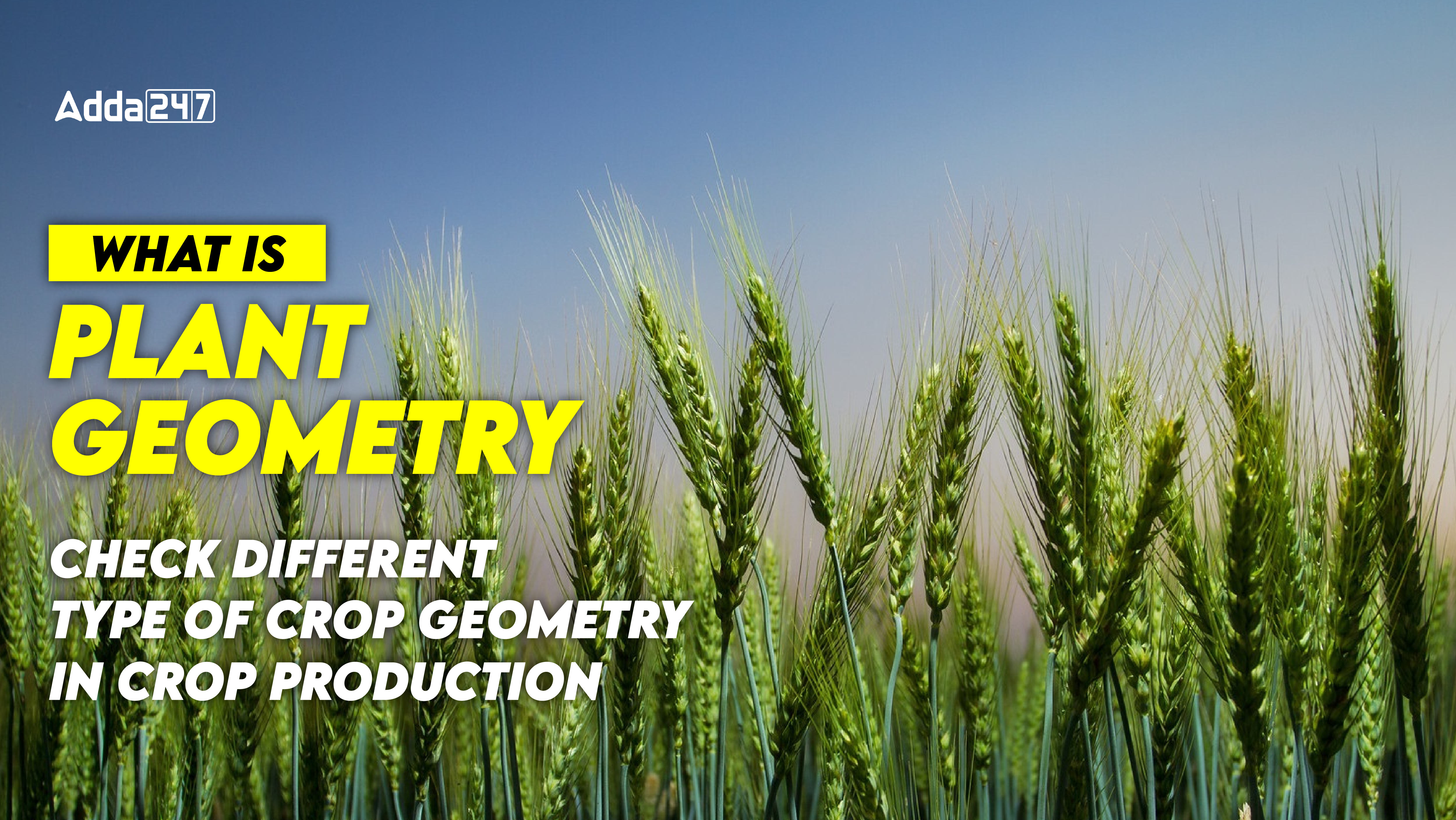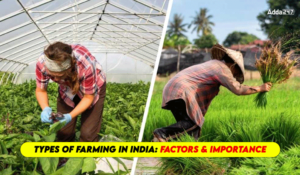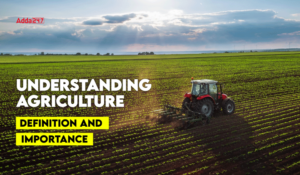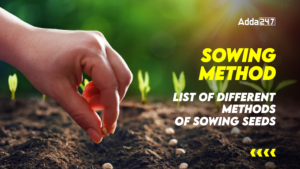The arrangement of the plants in different rows and columns in an area to utilize natural resources efficiently is called crop geometry. It is otherwise an area occupied by a single plant like Rice – 20 cm x 15 cm. This is very essential to utilize resources like light, water, nutrients, and space. Different geometries are available for crop production.
Different Type of Crop Geometry in Crop Production
In crop production, “crop geometry” refers to how crops are arranged in the field. Different methods are used depending on factors like the type of crop, the weather, and how farmers work. Each method has its own benefits, like saving space, making it easier to grow and harvest crops, or helping with things like water drainage. Farmers choose the best method for their crops and land to grow healthy plants and get good harvests. Different types of geometry are:
Random plant geometry
- Random plant geometry results due to the broadcasting method of sowing and no equal space is maintained. Resources are either under-utilized or over-exploited.
- Random plant geometry refers to a method of planting crops where seeds are sown without following a specific pattern or arrangement.
- Instead of planting in straight rows or structured beds, seeds are scattered or broadcasted across the field in a more haphazard manner.
- This approach is sometimes used in situations where a natural, less uniform growth pattern is desired or when planting cover crops to protect soil health.
- While it may seem less organized, random plant geometry can still be effective in certain agricultural contexts, promoting biodiversity and soil stability.
Square plant geometry
- Square plant geometry, also known as square foot gardening, is a method of planting crops in compact, densely populated squares or grids.
- Each square is typically 1 foot by 1 foot (about 30 cm by 30 cm) in size, hence the name.
- This gardening technique optimizes space by efficiently arranging plants close together, minimizing wasted area.
- It is popular in home gardens and small-scale farming because it allows for intensive planting and easier management.
- In square foot gardening, different types of crops can be grown in each square, depending on their size and growing requirements.
- This method promotes high yields from small spaces and facilitates better control over watering, fertilizing, and pest management.
- But, due to scientific invention, the square geometry concept is expanded to close-spaced field crops like rice too.
Rectangular method of sowing
- The rectangular method of sowing is a technique in crop planting where seeds are sown in a rectangular pattern or arrangement.
- Unlike traditional row cropping, which uses straight and evenly spaced rows, the rectangular method involves planting seeds in a staggered or offset pattern.
- This approach aims to maximize the use of space while still allowing for efficient planting, cultivation, and harvesting.



 Types of Farming in India: Factors and I...
Types of Farming in India: Factors and I...
 Understanding Agriculture: Definition an...
Understanding Agriculture: Definition an...
 Sowing Method: List of Different Methods...
Sowing Method: List of Different Methods...




 Adda247 Job portal has complete information about all Sarkari Jobs and Naukri Alerts, its latest recruitment notifications, from all state and national level jobs and their updates.
Adda247 Job portal has complete information about all Sarkari Jobs and Naukri Alerts, its latest recruitment notifications, from all state and national level jobs and their updates.



